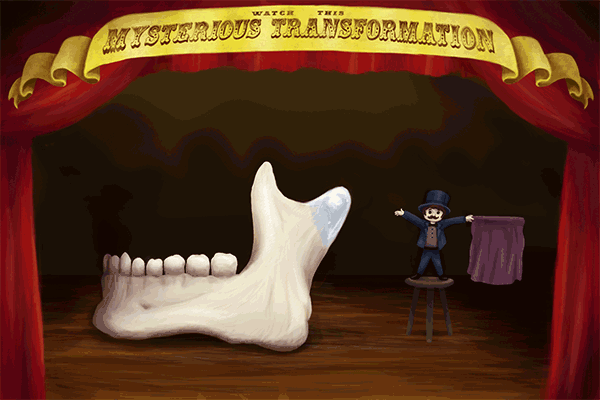Jaw-dropping research may upend current thinking about bone growth
Image: Academic Affairs Communications/Research Communications and Public Relations
Findings from researchers at Texas A&M University Baylor College of Dentistry could rewrite current dogma about bone formation in the temporomandibular joint.
Current thought on bone formation in the mandibular condyle, which is the rounded knob where the mandible and upper jaw meet, is that cartilage cells — called chondrocytes — must form and then experience cell death before bone cells can form.
Findings from the lab of Jerry Feng, professor of biomedical sciences, show cells other than bone marrow cells may build bone.
“The chondrocytes do not die. They transform into bone,” Feng says. “This is the most exciting part. That’s a big switch. People in this field never thought about such a mechanism.”-The research could affect the knowledge base regarding how the temporomandibular joint grows and develops. In turn, this new information could change approaches to treating malocclusions and even have an impact on new therapies for injuries to cartilage, which, unlike bone, cannot repair itself.


